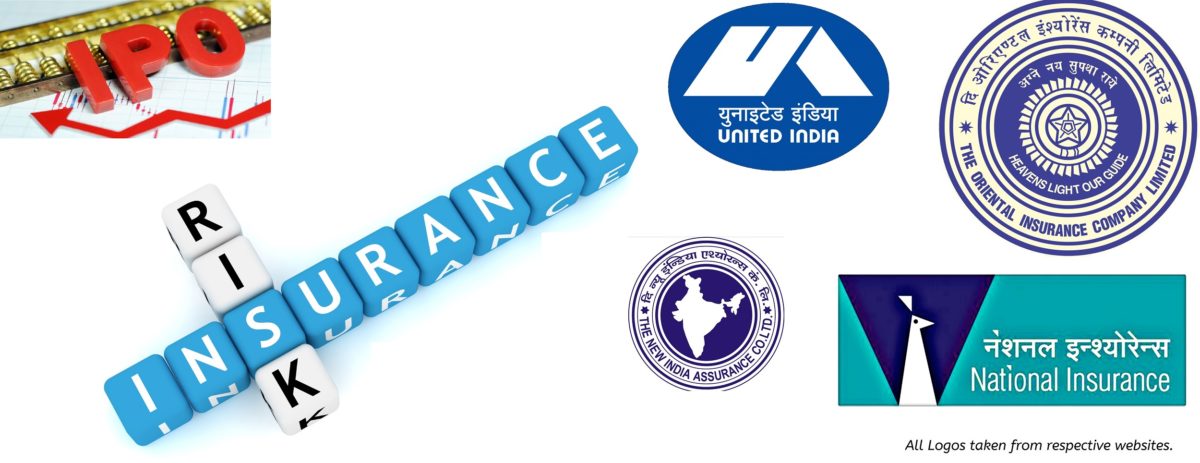The Reserve Bank of India (RBI) on Thursday eased the rules for various stressed asset resolution schemes and expanded the scope of a loan recast plan previously limited to the infrastructure sector.
RBI also streamlined the process for change of ownership of stressed assets outside of the so-called strategic debt restructuring (SDR) process, which allowed creditors to convert debt into equity and take over the management of defaulting companies.
Under its latest loan resolution plan, the scheme for sustainable structuring of stressed assets (S4A), RBI has allowed banks to classify at least half the debt involved as a standard assets.
Under S4A guidelines, first announced in June, banks were allowed to split the funded liabilities of a stressed company into sustainable and unsustainable debt.
The sustainable debt would be left alone to perform or be restructured if necessary, while the unsustainable debt would be converted into equity or equity-like, long-dated securities and redeemed at a later date.
The revised norms say in case a non-performing asset (NPA) is restructured under S4A norms, the sustainable part of the debt can be classified as standard if banks set aside provisions equal to at least 50% of the debt classified as unsustainable or 20% of aggregate debt, whichever his higher.
“For this purpose, the provisions already held in the account can be reckoned,” RBI guidelines said. When these norms were introduced in June, if the account was an NPA on the reference date, banks were asked to classify both halves as an NPA even when S4A restructuring was under process. In case the account is standard when it goes into S4A, the entire outstanding debt will remain standard, subject to provisions made upfront by the lenders being at least 40% of the unsustainable amount or 20% of the aggregate outstanding, whichever is higher.
Since standard assets require lower provisions, this would require banks to set a smaller amount aside.
RBI also said the unsustainable part of debt in any S4A—whether the account was NPA or standard at the time of restructuring—could be upgraded to standard, if the sustainable half of the debt performed satisfactorily for one year. Banks would also be allowed to reverse all provisions made when the unsustainable half of the debt is upgraded. However, in all cases, the required mark-to-market provisions on instruments after conversion of unsustainable debt must be maintained at all times.
In the so-called 5/25 scheme, which allowed loan payments to be stretched out, RBI has increased the coverage to all sectors. It has also allowed smaller projects—where banks have at least Rs250 crore exposure—to qualify for this scheme.
Not all rules have been eased. In SDR, RBI said banks cannot book income after 90 days of invoking the scheme even though they continue to classify the asset as standard.
In cases where banks have decided to change ownership in a firm outside SDR norms, deadlines were set for these changes. According to RBI, the conversion of debt into equity should be completed within 90 days from date of approval by a lending consortium or the joint lender forum. In case a pledge of equity shares is invoked, it has set a deadline of 180 days. Banks were sitting on a Rs6.3 trillion pile of bad loans at end of June.
Recent Articles on M&A
Source: Mint




